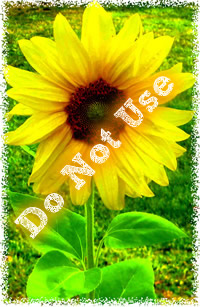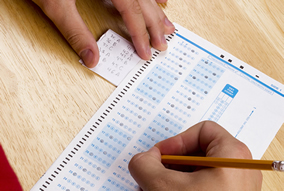
By Marcela De Vivo
 The internet has allowed people an amazing amount of freedom when it comes to accessing and sharing information with others, whether they’re doing it for monetary gain or to simply provide entertainment or knowledge to people looking for it.
The internet has allowed people an amazing amount of freedom when it comes to accessing and sharing information with others, whether they’re doing it for monetary gain or to simply provide entertainment or knowledge to people looking for it.
With the vast amount of information on the internet, the illegal use of people’s images has increased.
While many people don’t misappropriate or steal images in order to make a profit, many do choose to use other’s personal or professional photographs for their personal blog or website to eventually monetize on the work of others.
It may not seem like a problem to the average person, but for somebody that spends a great deal of their time creating these images, it can affect their livelihood and reputation.
Modern Day Plagiarism
Stolen images that are reused basically amount to modern day plagiarism.
While plagiarism is often only associated with the written word, it is actually in general the use of someone else’s idea as your own. An image has been equated to the worth of a thousand words.
Using someone else’s images as your own is plagiarism.
Unfortunately, online plagiarism isn’t as easy to detect since the internet is such a vast resource.
Very few photographers have the time to investigate whether their work is being stolen and used without their knowledge on their own.
While there are some options like adding a stamp or watermark to their images, there is no guarantee that their images are always going to published with the appropriate credit given.
 It’s So Easy Anybody Can Do It
It’s So Easy Anybody Can Do It
Everybody uses the internet, and a vast majority of people turn to the internet when they need information about any subject. Think about the last search for images that you did.
How easy would it have been to left click, copy and paste?
How simple would it be to save a picture to your desktop and then put it up on your own blog or website?
Stealing images from people that have worked hard to create them is so easy to do that even a child can do it.
Unfortunately, children are no longer the only one’s grabbing images off the internet for school papers.
Many adults that blog or have online magazines are taking images and publishing them without proper credit, and sometimes passing them off as their own.
The Blogosphere has created an industry where there is a constant need for images thereby creating a forum where plagiarism is running rampant.
Why does it Matter?
The average internet user may not care whether or not the images they are viewing are legally owned by the site posting it.
The people that are being hurt by this are the creators, the photographers, the one’s that had the creative imagination to develop the images.
When people steal images and use them on their own personal site or blog, they aren’t paying the originator of that content for a service.
This is the livelihood of the people that create these images, and to use and reuse their images without paying for the service or giving them proper credit really takes away from the job that sustains them.
It’s a major concern for many creators.
Also, a growing fear not just for those that create the images but for bloggers as well, is that there will soon be a lack of unique images for their publications because they are inadvertently driving out the business.
How to Fix It
The question is how to regulate it.
There is no real way to regulate all this plagiarism that takes place in the blogosphere.
Really the best way to go about is for photographers to develop better relationships with blog owners to establish themselves.
The responsibility also sits with bloggers to make it a point not to reuse images that are not theirs to use.
Once relationships are established everyone can sort of keep an eye out for each other.
Until a better way of preventing plagiarism online is established, just do your part to stop it.
– Marcela De Vivo is a freelance writer in the Los Angeles area. Her articles span topics from content writing to creating safe spaces for children to health and beauty.
From the webmaster: Questions concerning this article should be asked directly to the author of this article, not this web site. Use the comments section to ask your questions.
